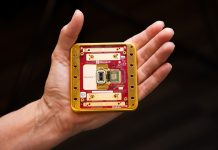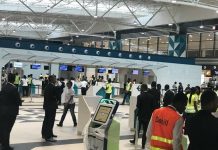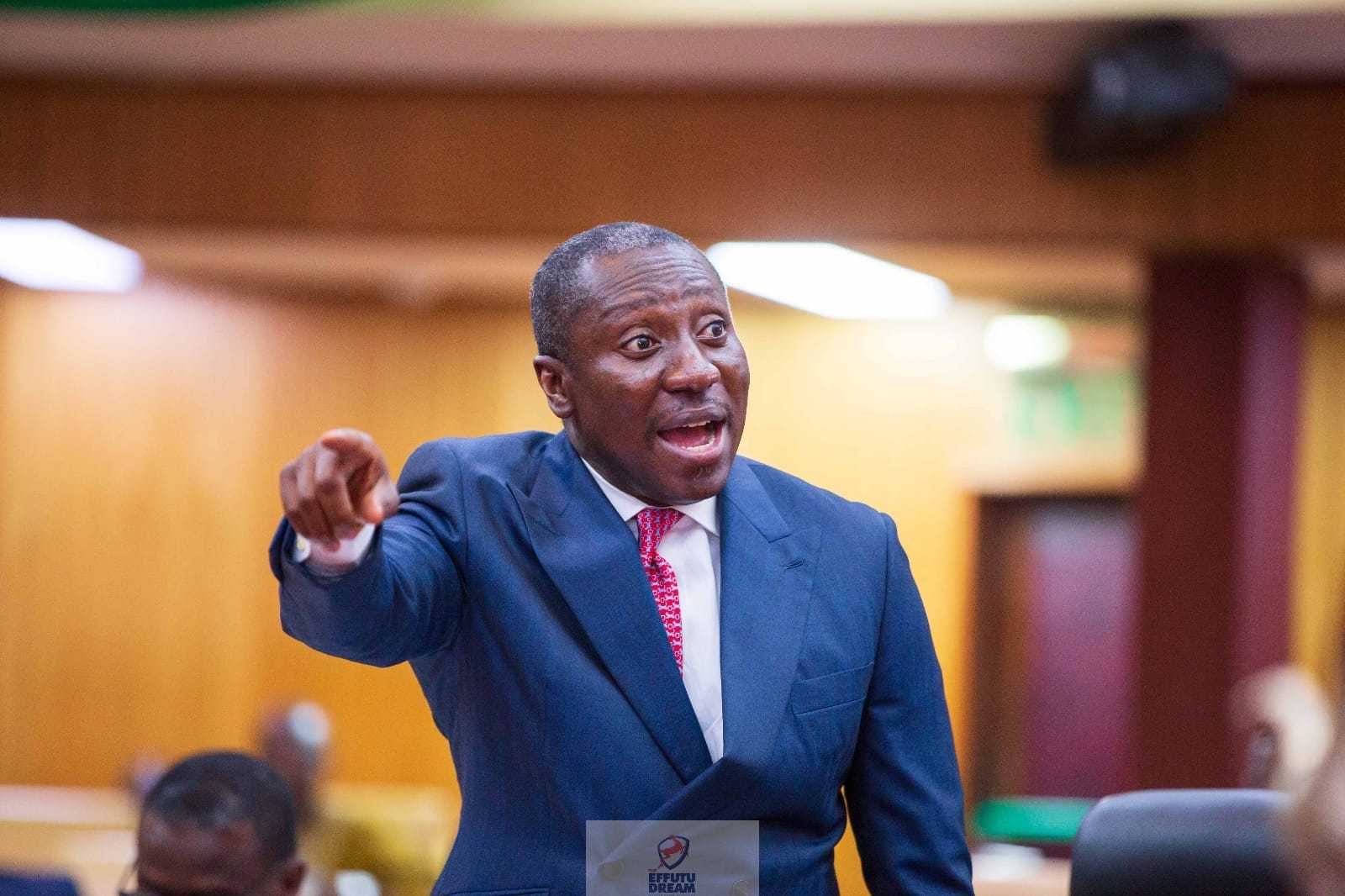In Boeing Co’s factory of the future, immersive 3-D engineering designs will be twinned with robots that speak to each other, while mechanics around the world will be linked by $3,500 HoloLens headsets made by Microsoft Corp.
It is a snapshot of an ambitious new Boeing strategy to unify sprawling design, production and airline services operations under a single digital ecosystem – in as little as two years.
Critics say Boeing has repeatedly made similar bold pledges on a digital revolution, with mixed results. But insiders say the overarching goals of improving quality and safety have taken on greater urgency and significance as the company tackles multiple threats.
The planemaker is entering 2022 fighting to reassert its engineering dominance after the 737 MAX crisis, while laying the foundation for a future aircraft program over the next decade – a $15 billion gamble. It also aims to prevent future manufacturing problems like the structural flaws that have waylaid its 787 Dreamliner over the past year.
“It’s about strengthening engineering,” Boeing’s chief engineer, Greg Hyslop, told Reuters in his first interview in nearly two years. “We are talking about changing the way we work across the entire company.”
After years of wild market competition, the need to deliver on bulging order books has opened up a new front in Boeing’s war with Europe’s Airbus (AIR.PA), this time on the factory floor.
Airbus Chief Executive Guillaume Faury, a former automobile research boss, has pledged to “invent new production systems and leverage the power of data” to optimize its industrial system.
Boeing’s approach so far has been marked by incremental advances within specific jet programs or tooling, rather than the systemic overhaul that characterizes Hyslop’s push today.
The simultaneous push by both plane giants is emblematic of a digital revolution happening globally, as automakers like Ford Motor Co (F.N) and social media companies like Facebook parent Meta Platforms Inc (FB.O) shift work and play into an immersive virtual world sometimes called the metaverse.
So how does the metaverse – a shared digital space often using virtual reality or augmented reality and accessible via the internet – work in aviation?
Like Airbus, Boeing’s holy grail for its next new aircraft is to build and link virtual three-dimensional “digital twin” replicas of the jet and the production system able to run simulations.
The digital mockups are backed by a “digital thread” that stitches together every piece of information about the aircraft from its infancy – from airline requirements, to millions of parts, to thousands of pages of certification documents – extending deep into the supply chain.
Overhauling antiquated paper-based practices could bring powerful change.
More than 70% of quality issues at Boeing trace back to some kind of design issue, Hyslop said. Boeing believes such tools will be central to bringing a new aircraft from inception to market in as little as four or five years.
“You will get speed, you will get improved quality, better communication, and better responsiveness when issues occur,” Hyslop said.
“When the quality from the supply base is better, when the airplane build goes together more smoothly, when you minimize re-work, the financial performance will follow from that.”
REUTERS























































![[FREE FREE MONEY] Predict and Win a Guaranteed GH¢200 From Us EVERY WEEK](https://wordpress.ghanatalksradio.com/wp-content/uploads/2022/02/Predict-and-Win-Final-09-03-2021-218x150.jpg)
![[Predict & Win – 8th/Oct.] WIN A Guaranteed ¢200 From Us This Week](https://wordpress.ghanatalksradio.com/wp-content/uploads/2021/10/maxresdefault-16-218x150.jpg)
![[Predict & Win – 2nd] WIN A Guaranteed ¢200 From Us This Week](https://wordpress.ghanatalksradio.com/wp-content/uploads/2021/09/maxresdefault-50-218x150.jpg)
![[Predict & Win – 25th] WIN A Guaranteed ¢200 From Us This Week](https://wordpress.ghanatalksradio.com/wp-content/uploads/2021/09/maxresdefault-36-218x150.jpg)
![[Predict & Win – 18th] WIN A Guaranteed ¢200 From Us This Week](https://wordpress.ghanatalksradio.com/wp-content/uploads/2021/09/maxresdefault-23-218x150.jpg)









![[National cathedral] See full list of churches that have contributed since 2018](https://wordpress.ghanatalksradio.com/wp-content/uploads/2020/09/Ghana-National-Cathedral-GhanaTalksRadio-100x70.jpg)



